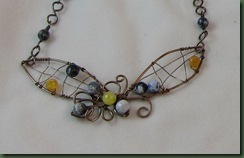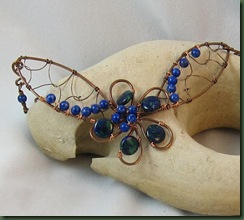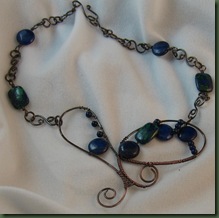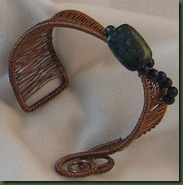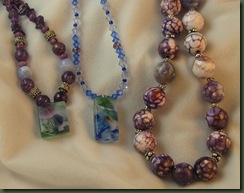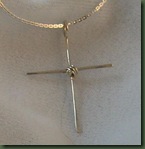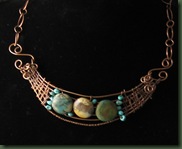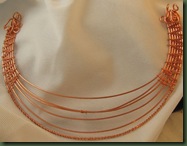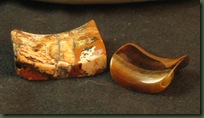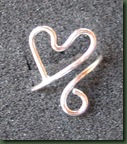I would like to believe that the verb “weave” implies compatibility. Woven garments and rugs come together with complimentary colors and fibers whose blend creates something of beauty. Tapestries and other wall hangings do the same as the threads weave together in harmony.
Families, communities and cultures are also woven and consist of unique individual “threads” that come together to produce the whole. I’d like to believe that the majority of these result in compatibility, but know this isn’t always the case. I do, however, appreciate the idea of being woven into a family where I can retain my individuality yet mesh with my loved ones to create the personality of the group. (We do have personality!)
I think it is interesting how our personalities and mannerisms may vary slightly when we are woven with different groups of people. Just as the other threads of a woven art piece can affect the look of the individual fiber, people influence one another. Some human tapestries bring out my better side while others do the opposite.
Many years ago we lived in Alexandria, Louisiana. There was a weaver in my housing edition and I could see her loom in a big window when I went on walks by her residence. I often thought it might be relaxing to learn this skill. It seemed the ultimate art form resulting from knowing just what fibers and colors should be brought together; yet I never felt this was my artistic calling.
I also admire those jewelry artists who do a beautiful uniform job of wire weaving. I find it to be a difficult technique to master, but refuse to give up. This week I noticed a bracelet design in one of the bead magazines at the bookstore. (Yes, we are lucky enough to still have a bookstore!) The bracelet featured a weave I hadn’t yet tried; so I read the directions and went home to make it. It’s true that I’m often refuse to buy the entire magazine for just one thing I like. Shame on me!
The picture immediately below shows the first piece I tried. It was going to be a bracelet, but I couldn’t ever quite get the clasp right, so it ended as a necklace. I used 6 copper wires as the basis for the weave. They wanted to curve and I let them.

I wanted to see if I might include beads in between the weaves and tried adding small blue seed beads on the second necklace. I would have liked using larger beads, but found they created too much distortion in the shape. You may note some of this even with the tiny seed beads.
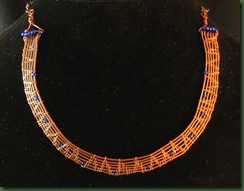
After practicing on two necklaces I decided to try another bracelet and used nine base wires in this. Again I worried with the clasp for several evenings and eventually found that with nine wires, the bracelet really didn’t require a clasp. You can see from the photo that I simply swirled the wire ends.
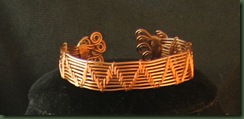

There are many other methods for finishing these, but this seemed appropriate at the time.
There is a certain rhythm to weaving. I thought the repetition would be tiresome, but find it somewhat relaxing in its tedium. Wire weaving, however, lacks some of the personality of weaving with fiber. I’ve yet to discover any surprise regarding how the wire will come together; perhaps I’m too new to the adventure. I think, however, that my next weaving will include some colored hemp along with the wire in order to play with a broader spectrum of possibilities.
While I continue to practice this wire weaving, I likely continue considering what I bring to the tapestries in my life and will hope to add something positive to each. By doing so, perhaps I can influence another “fiber” to do the same.
What have you woven today?
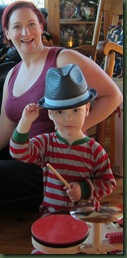 We were also blessed with the beautiful sound of our new wind chimes given to us by wonderful friends. These alto chimes resonate (wing) gently through the air with wonderful clear tones. The photo verifies the fact that we finally received some rain here and the outside terrain is looking much better. This was much needed moisture since the last loads of hay that arrived here came all the way from Mississippi.
We were also blessed with the beautiful sound of our new wind chimes given to us by wonderful friends. These alto chimes resonate (wing) gently through the air with wonderful clear tones. The photo verifies the fact that we finally received some rain here and the outside terrain is looking much better. This was much needed moisture since the last loads of hay that arrived here came all the way from Mississippi.  I winged it by creating some new wire jewelry that looks a bit like some type of flying creature. It’s already time for me to start using Spring colors since this it what my wholesale customers will need next. These are just the beginning.
I winged it by creating some new wire jewelry that looks a bit like some type of flying creature. It’s already time for me to start using Spring colors since this it what my wholesale customers will need next. These are just the beginning. In between drumming, singing and making winged jewelry, we did find a little time for baking. My grandson was only too happy to help me bake a chocolate pie. Amazingly, the rest of the family was only too happy to eat it!
In between drumming, singing and making winged jewelry, we did find a little time for baking. My grandson was only too happy to help me bake a chocolate pie. Amazingly, the rest of the family was only too happy to eat it! 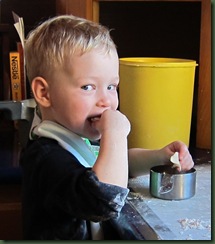 Since the New Year has been properly winged in here at Dreamcatcher Ranch, the only thing left to do is say “Happy New Year” to you.
Since the New Year has been properly winged in here at Dreamcatcher Ranch, the only thing left to do is say “Happy New Year” to you. 